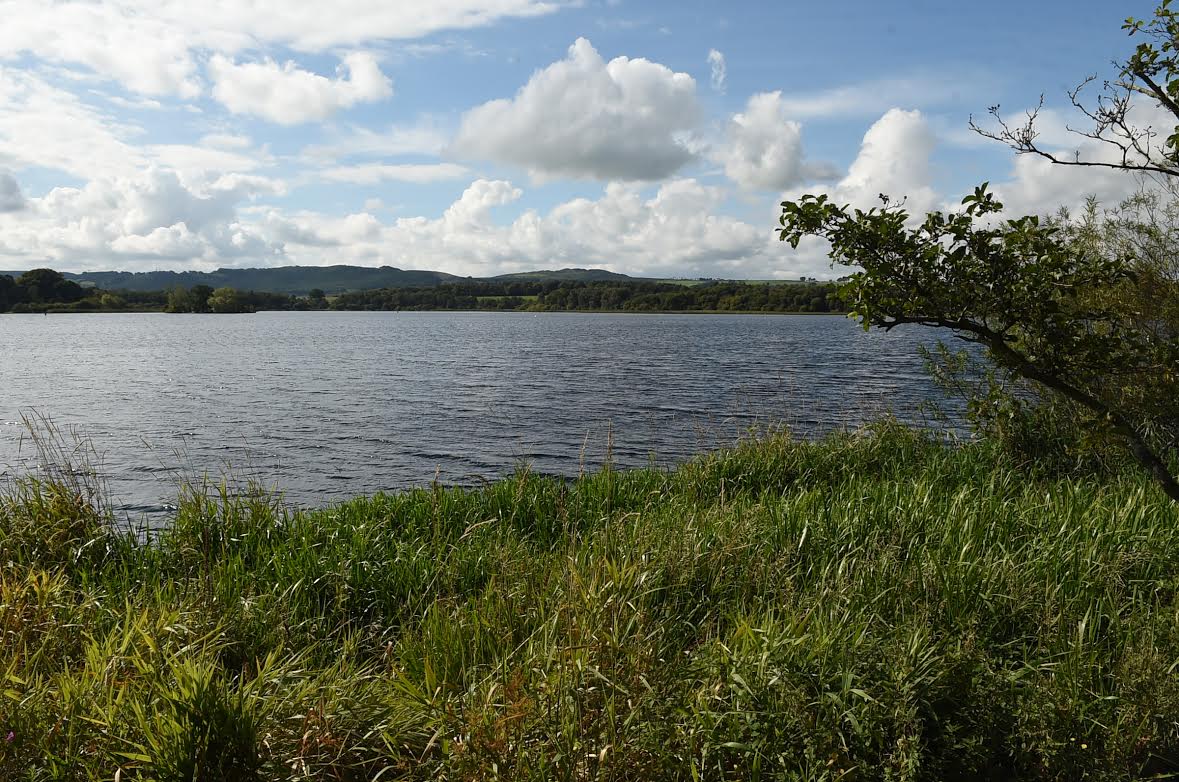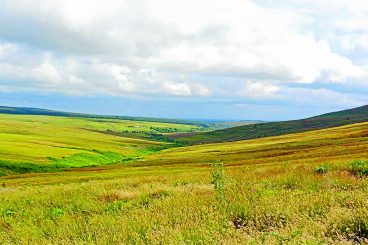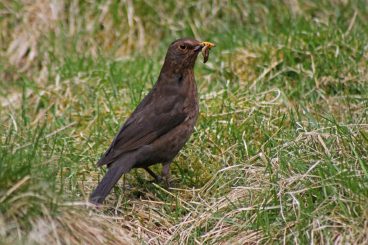PEOPLE in Lochmaben are being advised against swimming in or taking pets to Castle Loch following the discovery of toxic ‘algae’ in the water.
Cyanobacteria, commonly referred to as blue-green algae, was recently found along the loch’s northern side.
However the community trust which owns the body of water said it “could be elsewhere too”.
“For humans it usually causes no more than an upset stomach, however it is much more of a problem if ingested by dogs, and can be fatal,” a Castle Loch Lochmaben Community Trust spokesman added.
Furthermore, Dumfries and Galloway Council warned people to “be cautious” if letting livestock or dogs drink from the source.
The discovery came as no surprise to the trust’s members, who noted that the invasive algae often blooms during “hot sultry summers”.
And they said that due to the Scottish Environmental Protection Agency’s (SEPA) local Dumfries office being closed due to Covid-19, they’re unable to get the bacteria “100 per cent confirmed”, however urged all loch users to be vigilant.
“Please don’t let dogs in the water,” they added, “don’t wild swim, and if kayaking/sailing/fishing don’t touch your mouth before cleansing your hands.”
Meanwhile, a spokesperson for SEPA said that the agency has had “no reports” of blue-green algae being present at Castle Loch but added it’s “quite common” at this time of year.
“While blooms can sometimes be attributed to excessive nutrient enrichment, they can also occur as an entirely natural phenomenon in ponds and lochs that are little impacted by human activities,” they said.
“People are advised not to touch anything that is suspected to be a bloom or allow children or pets to come into contact with the water.”
Scottish Government guidance states that coming into contact with the bacteria “may give rise to adverse medical effects – but not always”.
It adds that symptoms can range from skin rashes, to eye irritations, vomiting, diarrhoea, fevers and pains in muscles and joints.
To dissuade locals and visitors from swimming or allowing pets to go in the water at Castle Loch, signs warning of the various risks have been put-up around the area.
























